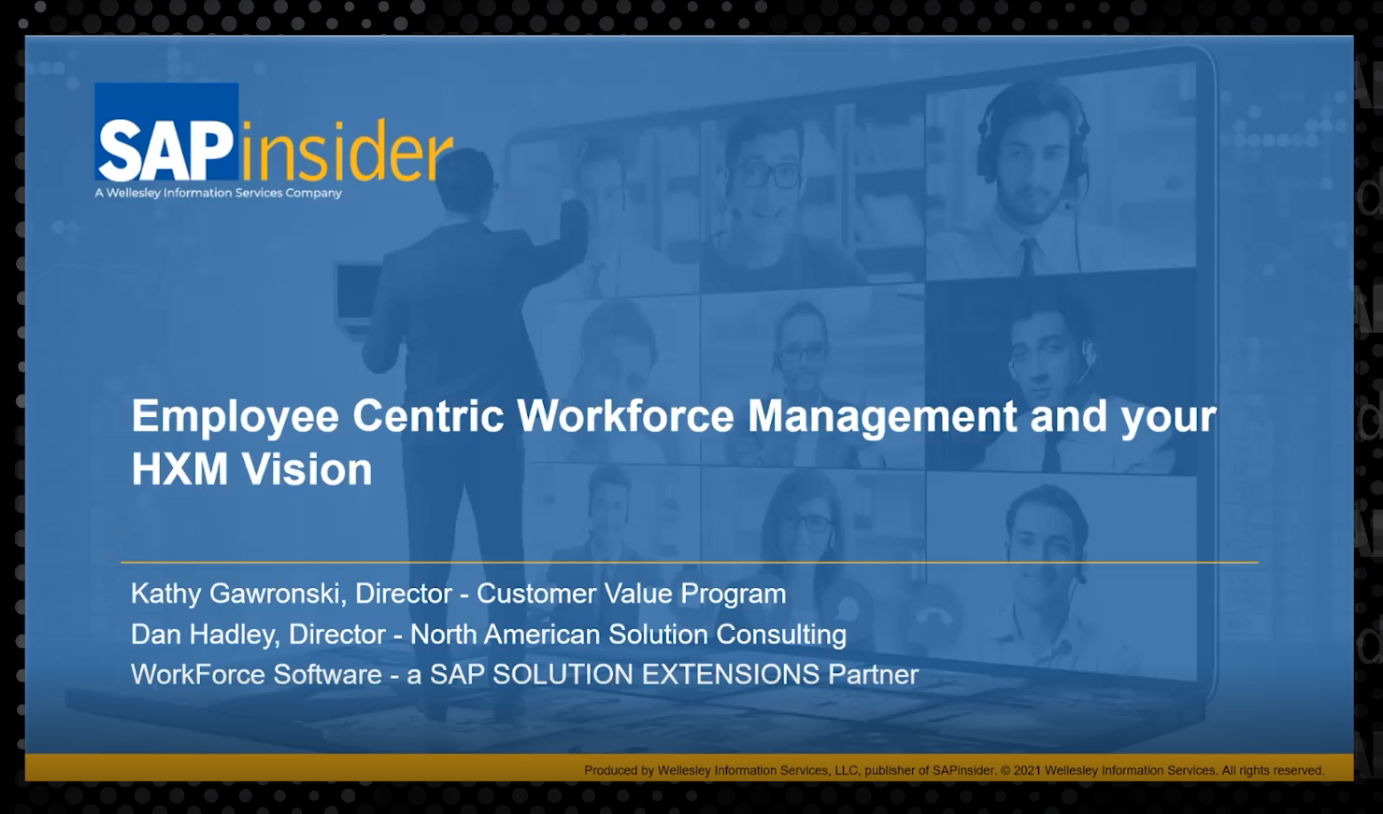SAP SuccessFactors Announces Move to a Bi-annual Release Schedule
Here’s Why HR and IT Professionals Prefer Bi-annual vs. Quarterly SAP SuccessFactors Release Schedule
SAP SuccessFactors’ recent announcement of a change in its release schedule from a quarterly to bi-annual cadence reflects both a willingness to listen to customer feedback and a desire to streamline the flow of change that has proven disruptive for some customers.
Until now, SAP SuccessFactors releases have occurred on a quarterly basis, with enhancements scheduled for two quarters and less urgent fixes for the remaining quarters. While that cadence enabled SAP SuccessFactors to meet its published schedule of enhancements, the effort involved in reviewing and testing four releases per year was often viewed as burdensome by customers.
The move to bi-annual releases won’t reduce the speed of innovation in SAP SuccessFactors solutions, according to Andrew Hilton, SAP SuccessFactors Software Release and Project Manager. “Rather, it will provide your company with more time to understand, test, and adopt opt-in features.”
Explore related questions
I spoke with Luke Marson, President, Americas at iXerv, about the announced changes and how they may impact customers. “I am delighted that SAP SuccessFactors has made the move from four releases to two per year,” he said. “Four releases per year doesn’t give HR and IT teams much time to review and test each release before the next one comes along.”
Marson added that certified consultants will also be supportive of the change since it will cut the number of delta exams they must take in half each year.
What Does This Mean for SAPinsiders?
The targeted release dates for 2020 are May 15 and November 20. While the concept of maintaining the same level of innovation with less disruption should be a win for customers, here are ways that the change in release frequency might impact SAPinsiders:
Be ready for the effort required to review and test two larger releases. Although there will only be two releases per year beginning in 2020, the bi-annual releases are likely to cover the same volume of content that currently is delivered in four releases. The economies of scale of managing two larger releases per year should make it easier to get everything reviewed and tested while providing customers with a bit of a break before the next release process begins.
Fewer releases won’t necessarily mean less innovation. From an innovation perspective, customers shouldn’t expect to see fewer enhancements, but instead may see more complete enhancements. For example, instead of a feature being rolled out over two releases, it may be rolled out in one, making the management of change easier for customers.
Expect the same review and testing processes, but with a different cadence. Larger releases may necessitate changes in the release process. For example, release webinars may be broken into multiple sessions and release documentation could be considerably larger. HR and IT teams should prepare themselves to plan for the additional effort that is going to be needed to review more items and changes at one time.







